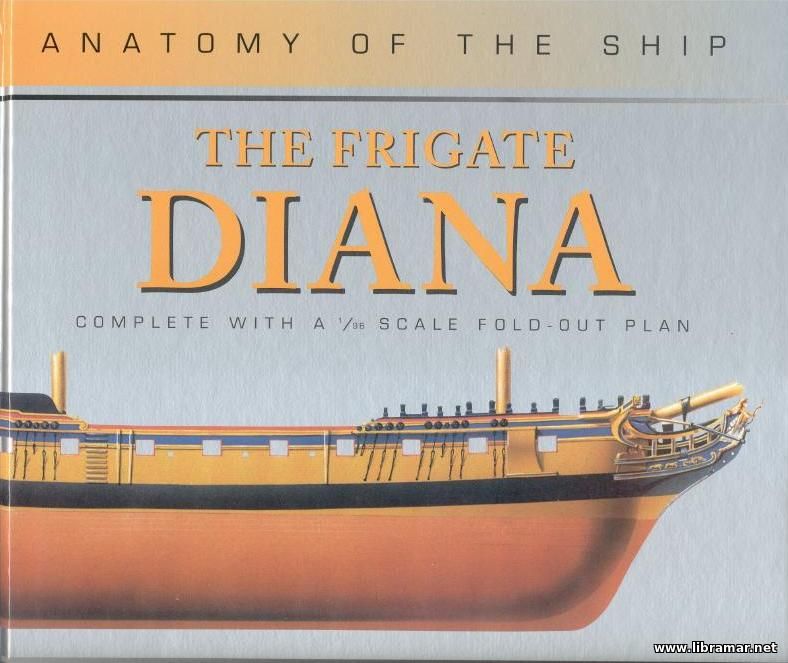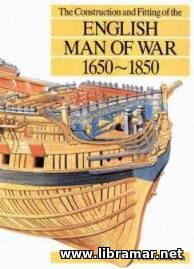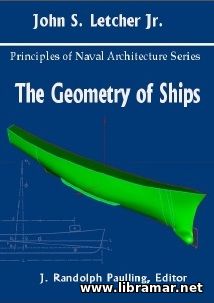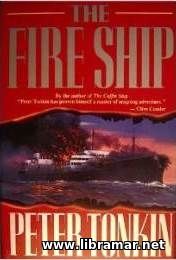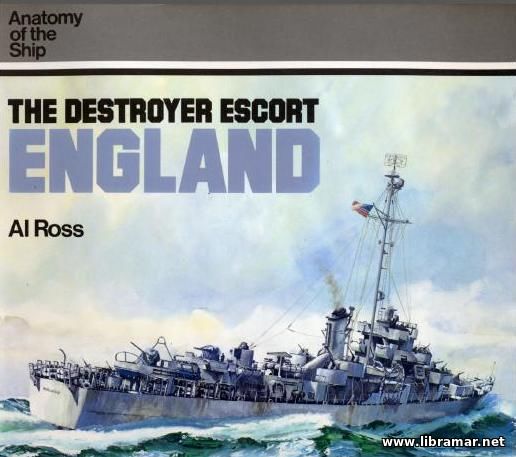
More than a century ago, B. Helland-Nanses and I. Snadstrom and proposed a method of computing the ocean currents on the basis of the water density distribution. Later, this method became known as the dynamic method for computing elements of the ocean currents, or hydrological data analysis method.
This is the indirect method and fully bases on the theoretical assumption that the coriolis force and horizontal pressure gradient are in equilibrium in the steady state below the mixed layer of the ocean surface. The velocities of the current are calculated by means of the dynamic method. The present volume is the author's attempt to properly justify the method referred to above, theoretically and also to shed some light on the nature of currents calculated/computed using this method.
It also examines the importance of the depth of reference surface and the accuracy of the computations. In addition, the book contains the descriptions of the structure of the gradient component of a wind-driven current velocity.
However, the author of the title does not attempt to provide a thorough treatise on the method in question, but is rather trying to analyze some of the important aspects of the theoretical principles of the dynamic method together with the possible practical applications, using the ocean currents theory.
